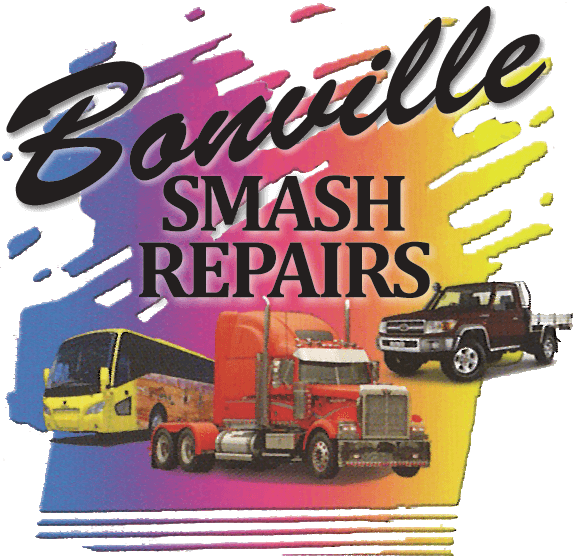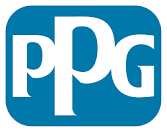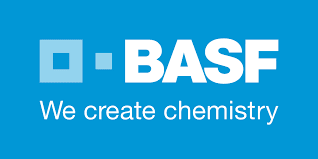FAQ
Frequently Asked Questions About Colour Matching And Insurance Work
Have you been in an accident and not sure what to do? Are you looking to have a vehicle restored? At Bonville Smash Repairs, our team are happy to answer any questions you may have about your paint work, panel beating or accident repairs.
Below, we've listed the answers to some of our most frequently asked questions. If you have another query, please get in touch with us today.
-
Q. Can you colour match paint to my vehicle?
A. When touching up faded and scratched paint or correcting the shade on the vehicle body, matching the colour can make a massive difference to its overall appearance.
Every vehicle model has a colour code that indicates the exact colour should paint work be required. This code will usually be found on the compliance plate in the engine bay, on the firewall or inside the door jams. Sometimes, the code may also be displayed in the owner's manual. For the DIYer, you can take this code to your local automotive supplier and they will mix up the right colour for you.
If you have a vehicle that doesn't have a paint code, bring it into our workshop and we'll use computerised colour matching technology to find the correct shade.
-
Q. Can I choose my repairer when making an insurance claim?
A. This will depend on the insurance policy you have purchased from your provider. Most reserve the right to decide your repairer, the main benefit being that the insurance company is held responsible for the quality of the repairs and will handle any complaints promptly.
There are some providers that may allow you to use your own choice of panel beater without it affecting your claim. However, they may also provide you with a quote from their preferred repairer.
If you're unsure about your options, you can review your Product Disclosure Statement or speak to your car insurance provider over the phone. For your convenience and peace of mind, we complete all insurance work at our workshop.
-
Q. What do I do if my car is a write-off?
A. Generally, a vehicle will be considered a write-off if the repair cost is more than the value of the vehicle before an accident. This has to be determined by an assessor from your insurance provider. They will inspect the car for the amount of physical damage, as well as:
- The vehicle's listed value against other models
- The condition of the car before the accident
- The distance on the odometer
If the damage is not repairable and the vehicle is considered unroadworthy, the insurer will deem it either a statutory or repairable write-off. They may also offer you a payout if you are eligible under your insurance policy. However, your excess, remaining premiums and any unused portion of your registration or CTP insurance will influence your payout amount.
-
Q. How do I maintain my car's paint job?
A. Keeping your vehicle's paintwork in good condition will not only help prevent rust, but will also attract buyers if you plan on selling. There are a few essential rules to follow when it comes to preventative maintenance for car paint:
- Reduce exposure to the elements: If you keep your vehicle uncovered for extended periods of time, UV rays from the sun and constant rain may damage and weather the paint work.
- Wash your car regularly: A traditional hand wash is the best method as it is less likely to damage your vehicle's paint work.
- Using the right products: Microfibre sponges pick up dirt without trapping it, while pH balanced washing detergents gently remove grease and grime from the paint.
-
Q. Where should I check for rust on my vehicle?
A. If you have purchased a second-hand car or your existing vehicle is a little old, there may be signs of rust starting to appear. Not only does rust lessen the aesthetic appeal of your car, it can also, if left unattended, be unsafe should rusted parts fall off when driving.
Some of the common spots you should check for rust are:
- Underneath floor mats & carpets
- Inside boot wells
- Underneath the vehicle
- Door panels
- Doorsills
- Body & paintwork (any raised bubbles)









